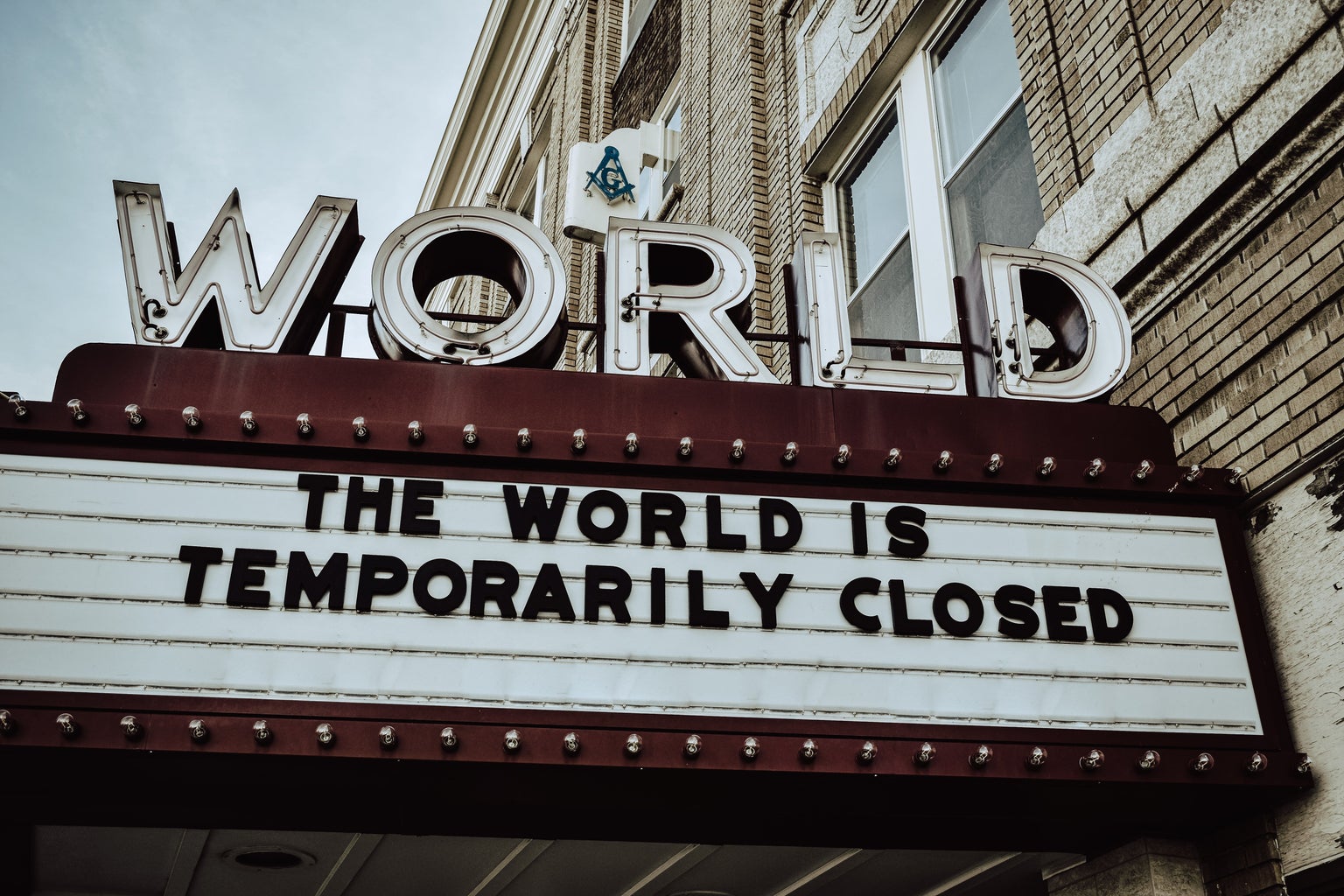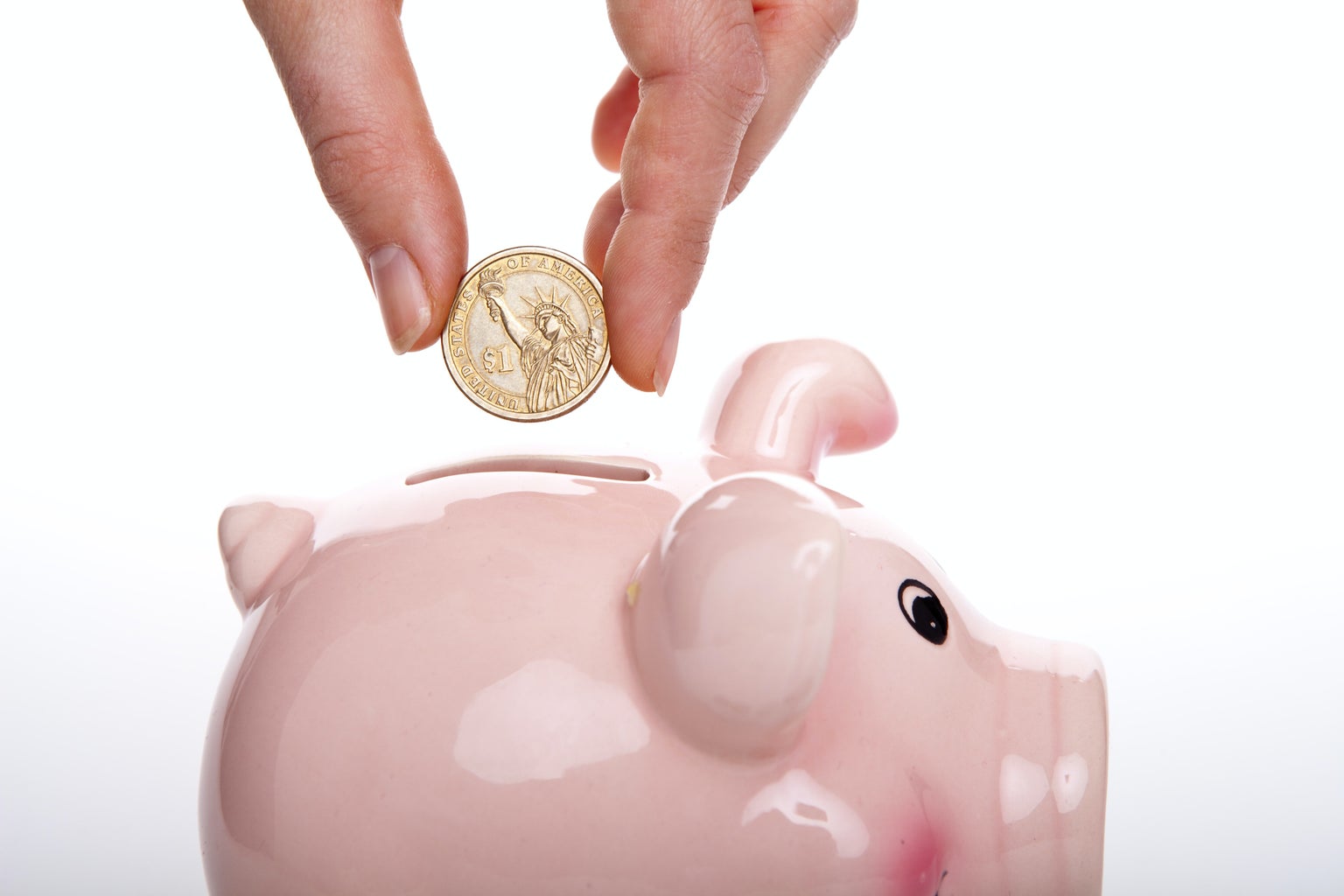In March 2020, COVID-19 pressed on the brakes of the American economy. In this three-part series, we will be investigating the macroeconomic impact of COVID-19. In Part 1, we discussed the connection between the pandemic and rising unemployment. In this second part, we will be confronting the crisis at hand by exploring two frameworks in the hopes of paving a route towards long-term economic recovery.
In part one, we left off with the finding that the U.S. government has two routes to choose from: monetary policy or fiscal policy. According to the Keynesian monetary mechanism, monetary policy would mean that the Federal Reserve, the central bank of the United States, buys or sells assets such as Treasury bonds. By employing monetary policy, the increase in reserves will increase loanable funds which will (hopefully) lower interest rates. This will (hopefully) lead to increases in investment, which will (hopefully) boost production and income. A lot of this policy rides on the assumption that banks will actually issue loans to the private sector out of the reserves given to them.

But this is the COVID crisis. The private sector is in shambles, and uncertainty and risk are at an all time high, creating a risky financial game that many investors would rather sit out on. Instead of spending those reserves, banks will sit on them, because they already have the money that they need to create the loans they are willing to issue. The same way that we see an increase in income to the rich resulting “in more stock market purchases and savings, rather than the money flowing back into the economy,” the same way we will see the movement of these increased bank reserves stop short of reaching citizens and businesses (Kelton, 226). We need a more direct path to guide funds into the hands of Americans who are #OpenToWork.
This means that to properly address the COVID crisis, and future crises, the government needs to employ fiscal policy. Fiscal policy is when the government increases spending, effectively increasing the government deficit. Currently, in the wake of the COVID crisis, the economy is operating below full employment which also means we are operating at a reduced productivity level. “A recession implies that the economy has ample excess capacity,” meaning that the government can spend, and worry less that the increase in government money will be inflationary. In times of crisis, consumers demand less and save more in order to pay off debt, causing the aggregate demand function to decrease from inflationary levels. So why would the government not spend?
The United States is a currency-issuer. You, your mother, your best friend, and the State of Massachusetts are all currency users. You need U.S. dollars to pay for your groceries, your university tuition, and to pay your taxes. The U.S issues “its own nonconvertible (fiat) currency and only borrows in its own currency,” meaning that the U.S. has attained “monetary sovereignty” and does not need to manage its budget “as a household would” (Kelton,19).
Congress does not need to think in terms of (TAB)S – “taxing and borrowing precede [government] spending” – because the U.S. “spends its currency into existence” by requiring citizens to pay taxes in the U.S. dollar (Kelton 21 & 27). Citizens need to pay those taxes in the form of the U.S. dollar, leading to a “tax liability that creates people looking for paid work” (Kelton, 27). This means that the government needs to “first supply its tokens” so that citizens have the dollars to pay off their taxes and obligations (Kelton, 27). In times of crisis, the government can, and should, employ fiscal policy by increasing government expenditure in order to put U.S. dollars into the hands of citizens.
Now that we have established that the government should spend, and how it can spend, we can discuss the ways that we could potentially use government expenditure to recover the U.S. economy from the COVID crisis.
Stay tuned for Part 3, where we will be evaluating different policy solutions aimed at getting the U.S. economy back to work.
Can’t get enough of HC UMass Amherst? Be sure to follow us on Instagram, listen to us on Spotify, like us on Facebook, and read our latest Tweets!




